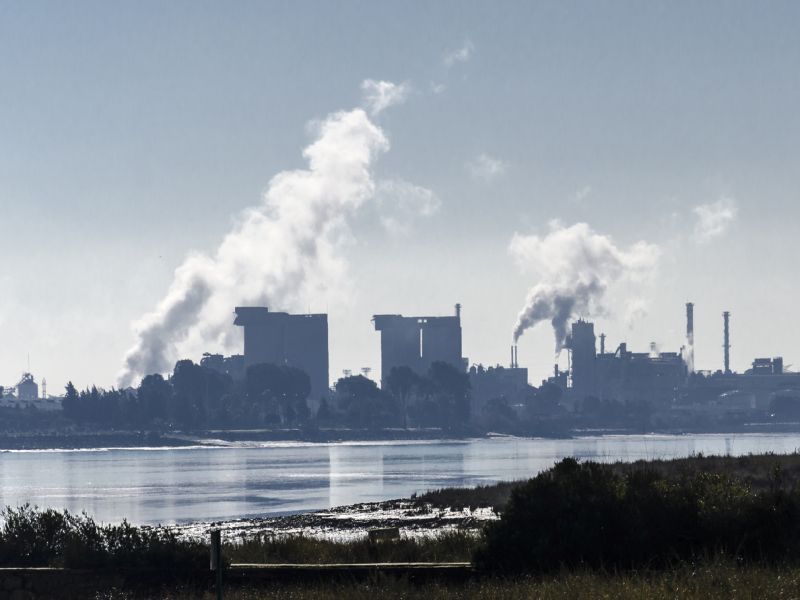Exposure to air pollution greater for certain racial/ethnic groups, low-income groups
WEDNESDAY, Jan. 19, 2022 (HealthDay News) — ZIP codes with higher densities of racial and ethnic minorities and low-income groups have higher average exposures to air pollution, according to a study published online Jan. 12 in Nature.
Abdulrahman Jbaily, Ph.D., from the Harvard T. H. Chan School of Public Health in Boston, and colleagues developed a new platform linking 17 years’ worth of demographic data with data on fine particulate pollution from across the United States to assess differences in air pollution exposure according to race/ethnicity and income level.
The researchers found that areas with higher-than-average White and Native American populations have consistently lower average exposure to levels of particulate matter with diameters smaller than 2.5 μm (PM2.5) versus areas with higher-than-average Black, Asian, and Hispanic or Latino populations. The average PM2.5 concentration for the Black population in 2016 was 13.7 percent higher than that of the White population and 36.3 percent higher than that of the Native American population. As the Black population increased in a particular ZIP code tabulation area (ZCTA), so did the PM2.5 concentration, with a steep incline seen for ZCTAs where ≥85 percent of the population was Black. Similar trends were seen for Hispanic and Latino populations, while the opposite was seen for ZCTA with high-density White populations. Between 2004 and 2016, areas with low-income populations were consistently exposed to higher average PM2.5 levels than areas with high-income groups.
“Our findings suggest that more-targeted PM2.5 reductions are necessary to provide all people with a similar degree of protection from environmental hazards,” the authors write.
Copyright © 2021 HealthDay. All rights reserved.








